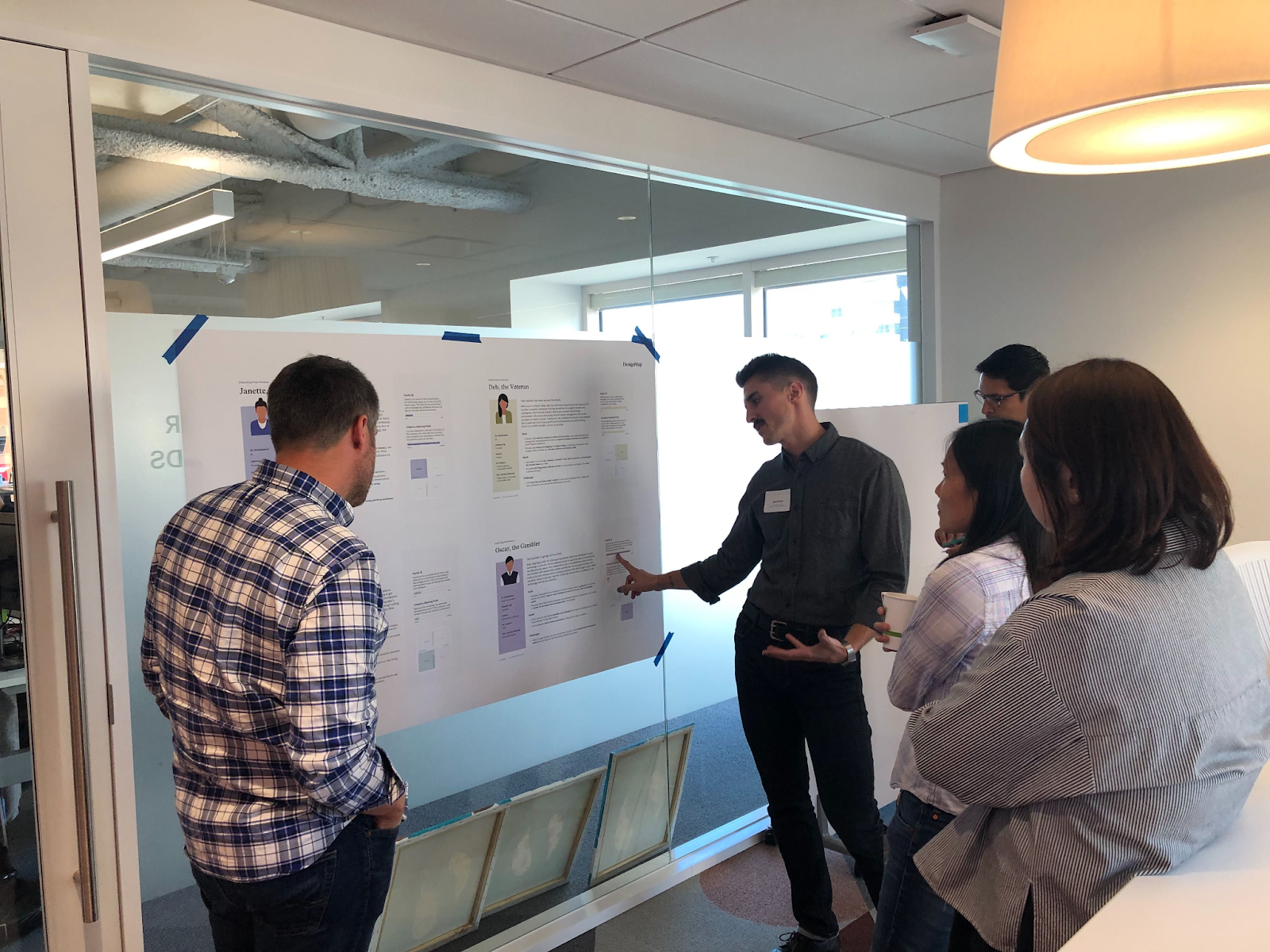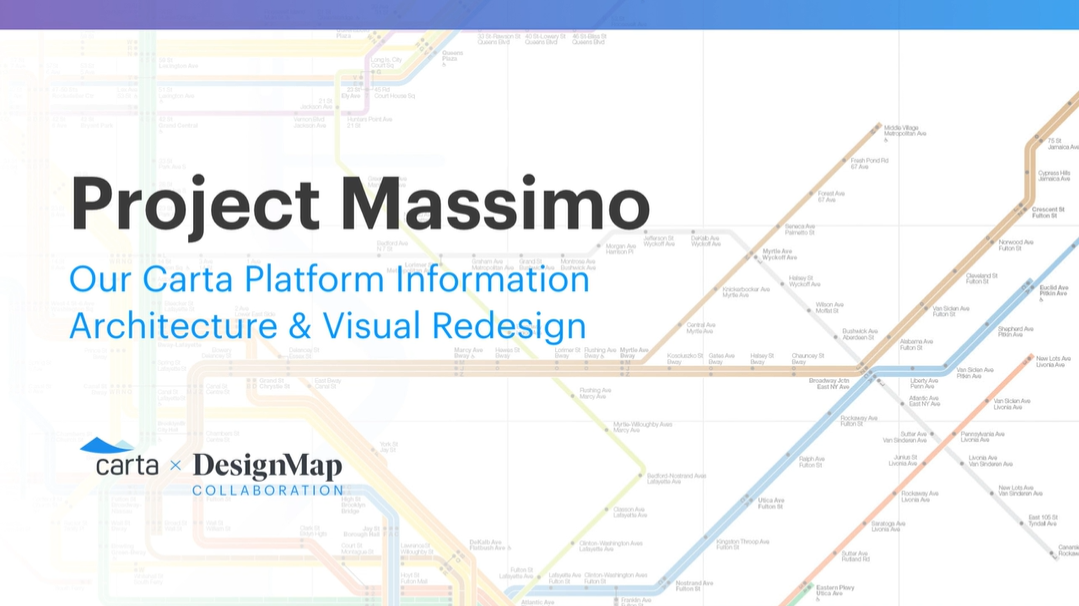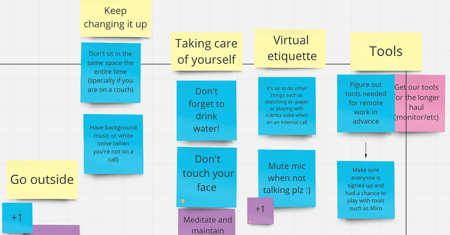How to Use Product Ideation Workshops to Break Down Silos
Breakneck speed. The year is 2022, and that’s the rate technology’s changing the world.
VCs are hungry for returns. They’re aggressively funding startups and SMEs. They’re sending disruptive competitors your way, and they’re intent on stealing your market share.
So you know it’s time to innovate. You know you have to engage your team and leverage collective intelligence to generate product ideas. There’s just one problem.
None of your teams know how to work with each other.
Over several years of growth-at-all-costs, you’ve developed some serious organizational silos. There’s little if any cross-functional collaboration. Different departments don’t share information, and the customer experience suffers from the resulting inefficiency.
I see this problem all the time. Virtually every high-growth startup or enterprise faces it at some point in their journey. Luckily, there’s an easy solution. In fact, virtually anyone with a Miro board and Zoom subscription can do it.
In this post, I’m going to teach you about product ideation workshops—a tool we use here at DesignMap to free product teams from silo mentality. I’ll talk about why product ideation workshops are an effective tool, then I’ll show you the step-by-step process for how to run one before ending with a story of how we used them to help transform a $1.7B company culture.
By the end of this post, my hope is you’re equipped with the insight you need to foster the cross-functional team collaboration you need to come up with your next big product idea.
Okay, ready to get started?
Why Product Ideation Workshops Are Great For Breaking Down Silos
Look at all the most innovative companies and one of the first things you’ll notice is this: they’re really good at cross-functional collaboration.
Building truly inspired products in today’s day and age requires everyone to be working in lock-step throughout the entire product lifecycle. Product managers, engineers, and designers need to collaborate from strategy to concepting to buildout and beyond. Failing to do this stymies innovation and nearly always results in a product with usability issues.
Product ideation workshops help you avoid this. They bring key stakeholders together in a psychologically safe space. They encourage openness and creativity. They build trust between team members that might not usually work together.
Perhaps most notably, they make the user’s needs the central focus across different teams. These user needs become the core of a unified vision, allowing product managers, engineers, and designers from different product lines to identify common user problems and build a cohesive, cross-product UX.
If this sort of team alignment continues to be nurtured, you end up with a product org that consistently generates creative ideas and builds products users love.
How We Run Product Ideation Workshops at DesignMap
It’s time to get into the meat of product ideation - the workshop. This is where all that preparation pays off and the fun really begins.
Step #1: Persona Overview
First, we do a debrief of the target user(s) we’re focusing on. For these workshops, you don’t necessarily need a fully developed customer persona, just something clear to rally around. This helps everyone get on the same page at the very start—so when we’re in the midst of all the scribbling, we’re still trying to solve problems for the target user. In this stage, we very clearly identify the user we’re focusing on and the specific issue we’re trying to solve.
For instance, in our work on CartaX (stock market for private companies), this was something like, “How does Steven, a seasoned investor at a large VC firm, ensure that his fund companies have adequate funding and are using their funds strategically?”

We started each of our ideation workshops by aligning attendees around the needs and “jobs-to-be-done” of different user personas.
As participants relate to and empathize with the persona, they will develop more nuanced and thoughtful solutions to the challenge.
Step #2: Concept Brainstorming
Next up is a quick brainstorming segment. Here, we do quick sprints where everyone scribbles or sketches down their ideas around a general concept from the challenge our user is facing. We do this multiple times, focusing on a different concept each time.
If we’re sticking with Steven’s persona, this might be a comparative benchmarking tool or a tool that’d model out different scenarios with his portfolio companies.
Step #3: Crazy 8s
This is one of my favorite ideation exercises.
Here’s how it goes:
Take a piece of paper and fold it in half.
Fold that in half again.
Now unfold the paper to make 8 even rectangles.
Set a timer for 8 minutes.
You now have 8 minutes to draw 8 ways this idea could be done. Get sketching!
If the idea of this makes your palms sweaty, you’re not alone. I have encountered a lot of hesitation from folks surrounding sketching. Often, they're self-conscious about their ability to sketch well and “make things look pretty."
It helps to remind them that the aesthetics are not important. The drawing is just a way to represent an idea—or a piece of an idea. You get it out of your head and put it on paper as quickly as you can and then you turn your attention to the next idea coming down the conveyor belt. As long as people can look at it and get the general idea, it’s a solid sketch.
Step #4: Distillation
After the chaos of Crazy 8s, we slow it back down. Everyone gets time to focus on the best ideas they generated and develop these more.
Once someone has a nicely developed, refined idea, they write (or sketch) it down in full and put it on the board in the front of the room. We do this one at a time, sharing ideas. This gives everyone the opportunity to explain and share their thinking. The sharing/speaking portion of this is important, as it allows for everyone to be heard and understood. Communciation fosters alignment and facilitates the exploration of possible solutions.
After we go around the room and everyone has had a chance to speak to their idea, we then 'swarm' the board with notes, organize idea clusters, etc.
In the final phase of the workshop, we go over the board again and review the ideas up there—picking favorites, discarding duplicates, and organizing the best ideas into a workable solution.
And suddenly, you’ve got actionable ideas that a designer could sprint down the hall and turn into a prototype. In fact, half the time people get all riled up and excited over these ideas, and that’s exactly what happens.
How Ideation Workshops Transformed a $1.7B Company Culture
I realize I’ve promised a lot from this product ideation workshop, so now I’d like to show you exactly how it played out in our UX workshop engagement with Carta.
They’d just raised a $300M Series E from Andreeson Horowitz, intent on building CartaX—a stock market for private companies. They’d been scaling headcount and ARR extremely fast, and their team was 100% bought in and ready to execute the vision.
But they had a big problem to deal with first.
After 3 years of hypergrowth, their platform had taken on an extraordinary amount of design debt. NPS scores were low, users were complaining, and their extremely-stressed support team was buried in findability and usability-related support tickets.
Their product teams had been scrambling so hard to ship features and hit their OKRs that they’d never had time to integrate UX design thinking into their product development process. Their different product teams—Cap Tables, Onboarding, Financial Products—never talked to each other, and it showed in the product.
Perhaps the most striking issue though was that there was a real sense of tension between teams. People were on edge. It was difficult to get them to sit down and open up.
Having seen these exact same problems in other hypergrowth companies, we knew that breaking down silos would be the first and most important step towards a more user-centric future. So we made the cross-functional product ideation workshops a core focus of our engagement. We gathered product managers, engineers, designers, and other stakeholders from various product teams. We took them through the exact workshop process I laid out above, while at the same time promoting the project (called “Project Massimo” after the consultant responsible for the NYC subway’s design system) across the organization with videos and a dedicated Slack channel.

This project was tremendously successful at fostering a spirit of collaboration among Carta’s product teams. For weeks after the workshops, we had Carta team members telling us how helpful—even how fun—the workshops had been. They said the workshops completely changed the way Carta’s product teams thought about the platform.
Since our work together, Carta has continued their meteoric success, recently raising a $500M Series G at a $7.4 billion valuation. These folks are the real deal, and we’re tremendously excited to see where they go from here.
Need More Innovative Ideas? Break Down the Silos.
Collaboration is the cornerstone of innovation. Product managers, engineers, and designers from different product lines need to work together. They need to have a sense of trust and community. They need a unified leadership team that collaborates visibly on common goals and initiatives
A product ideation workshop is one of the best tactics I’ve seen to facilitate this. When power struggles and short-term thinking are replaced by collaboration—when team leaders and their direct reports come together to focus on the bigger picture in a psychologically-safe workspace—effective ideation becomes the norm. Innovative ideas trickle to the surface, and user pain points get solved.
Best of all, that silo mindset becomes a thing of the past, and everyone gets to enjoy a happier healthier work environment together.
If you enjoyed this article and would like help running ideation workshops of your own, give us a shout. We’d love to hear from you!

